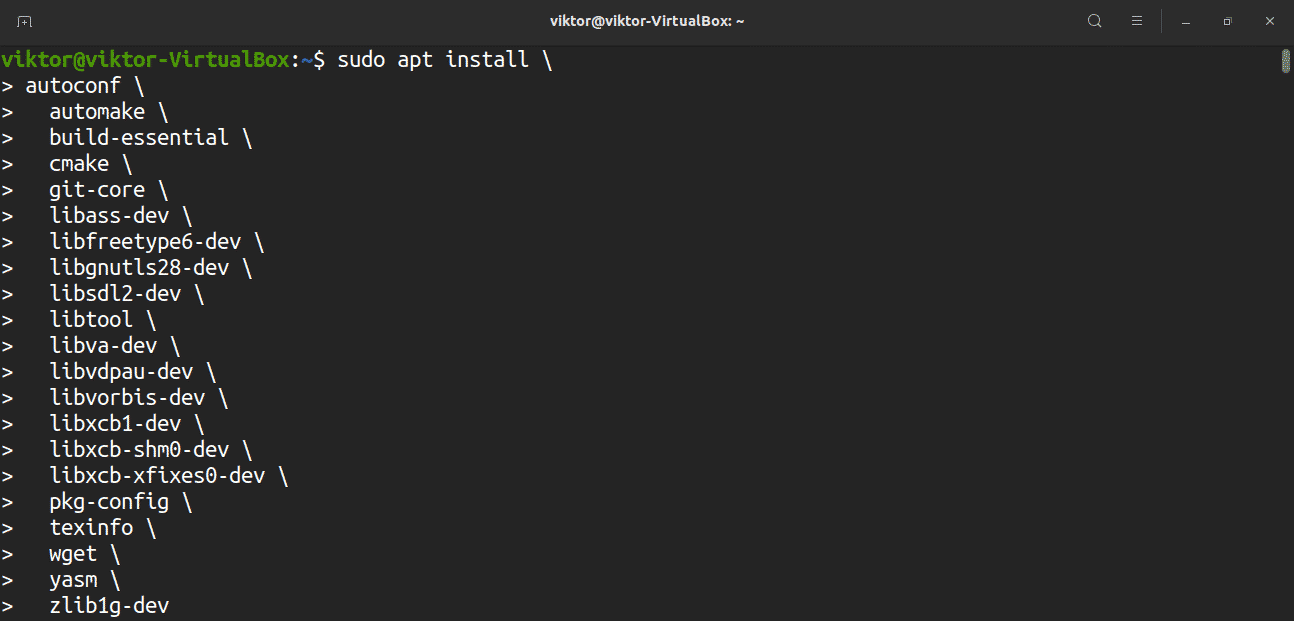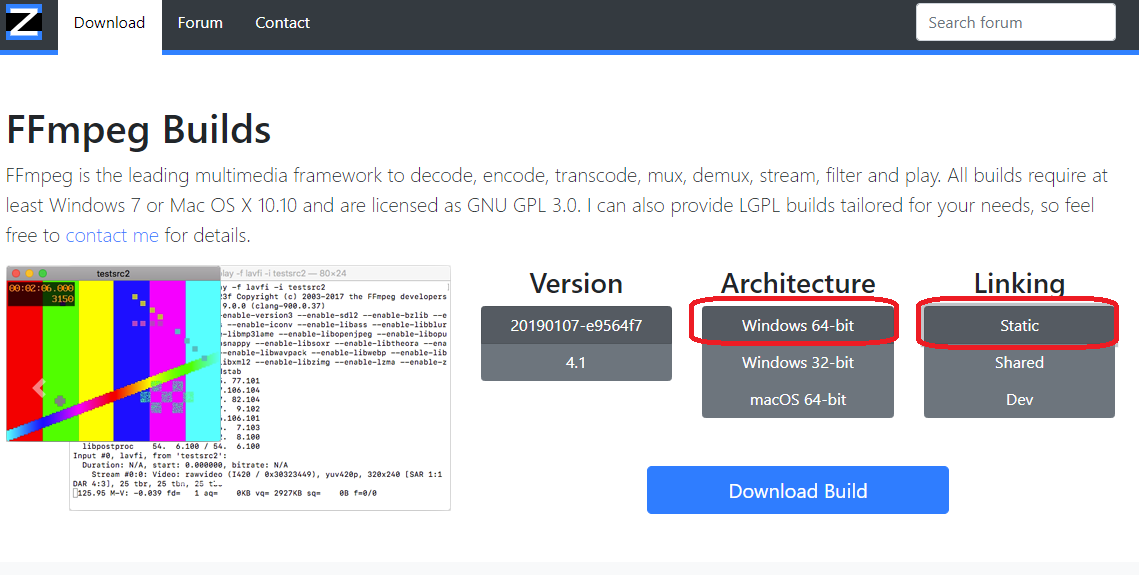

FFmpeg is now installed on your system, and you can start using it. To print all available FFmpeg’s encoders and decoders you can use: ffmpeg -encoders ffmpeg -decoders The output should look something like the following: ffmpeg version 3.2.12-1~deb9u1 Copyright (c) 2000-2018 the FFmpeg developersīuilt with gcc 6.3.0 (Debian 6.3.0-18+deb9u1) 20170516 Validate the installation by running the ffmpeg -version command which will print the FFmpeg version: ffmpeg -version Install the FFmpeg package by running the following command: sudo apt install ffmpeg Start by updating the packages list: sudo apt update

The following steps describe how to install FFmpeg on Debian 9: At the time of writing this article, the current version of FFmpeg available in the Debian 9 repositories is 3.2.12. The official Debian repositories contain FFmpeg packages that can be installed with the apt package manager. To be able to install packages on your Debian system. You’ll need to be logged in as a user with sudo privileges This tutorial explains how to install FFmpeg on Debian 9. With FFmpeg, you can convert between various video and audio formats, set sample rates, and resize videos. It contains a set of shared audio and video libraries such as libavcodec, libavformat, and libavutil. You now have an ffmpeg application in the directory (To Our example: /home/foc/ffmpeg) where you downloaded the source code.FFmpeg is a free and open-source command-line tool for transcoding multimedia files. Run make and make install commands: ffmpeg]$ sudo ffmpeg]$ sudo make install

Then run configure command: ffmpeg]$ sudo. Go to the ffmpeg directory: ~]$ cd ffmpeg Install the following packages: ~]$ sudo dnf install wget nano tar lbzip2 gcc yasm -yĮxtract from tar.bz2 file: ~]$ tar -xf 2 Add the epel repo so you can install the packages you will need: ~]$ sudo dnf install epel-release -y The downloaded file should be extracted from the compressed file. The source package can be downloaded as a compressed file in tar.bz2 format from the FFmpeg official address. Method -2- Building FFmpeg From Source Code Let's view the installed ffmpeg package: ~]$ rpm -qa ffmpeg The installation is completed by downloading packages from the repos we added earlier. Rpmfusion-nonfree-updates RPM Fusion for EL 9 - Nonfree - UpdatesĪnd start the FFmpeg package installation: ~]$ sudo dnf -y install ffmpeg Rpmfusion-free-updates RPM Fusion for EL 9 - Free - Updates In the last case, the repolist should be as follows: ~]$ dnf repolistĮpel Extra Packages for Enterprise Linux 9 - x86_64Įpel-next Extra Packages for Enterprise Linux 9 - Next - x86_64 Then install the rpmfusion-nonfree-release-9 package: ~]$ sudo dnf install -y


 0 kommentar(er)
0 kommentar(er)
